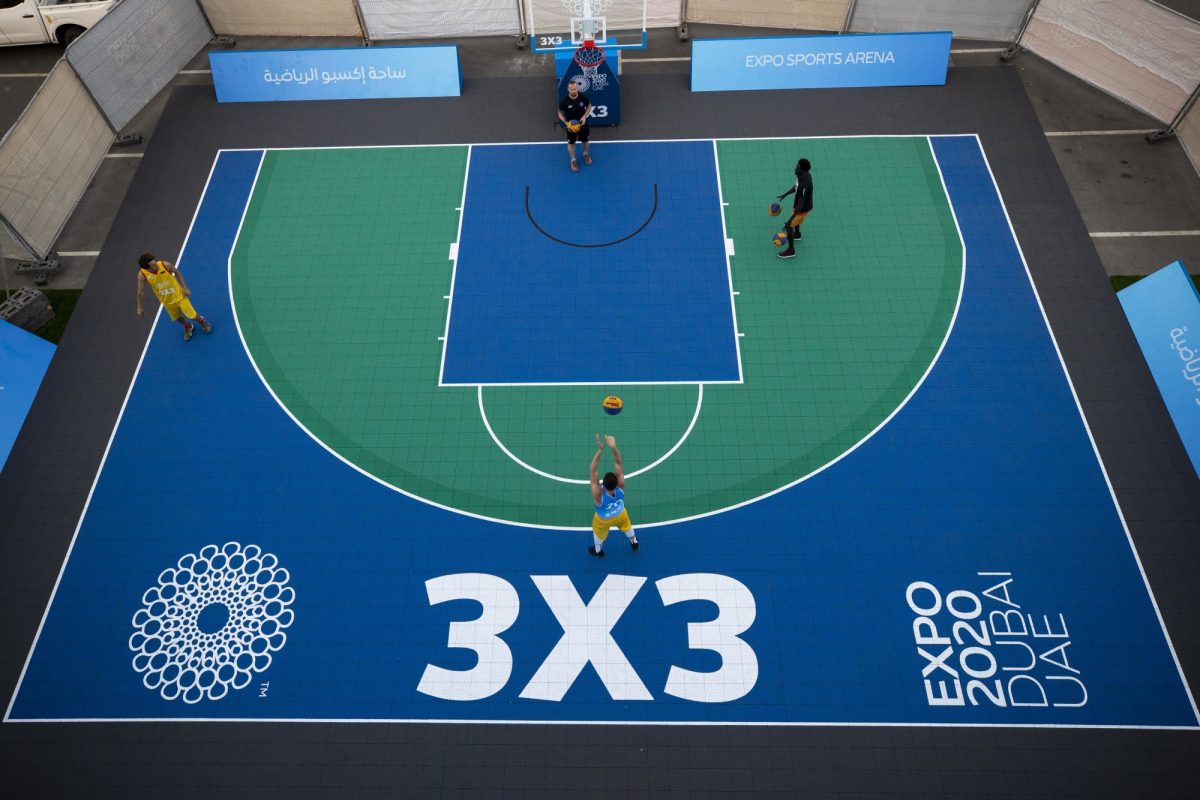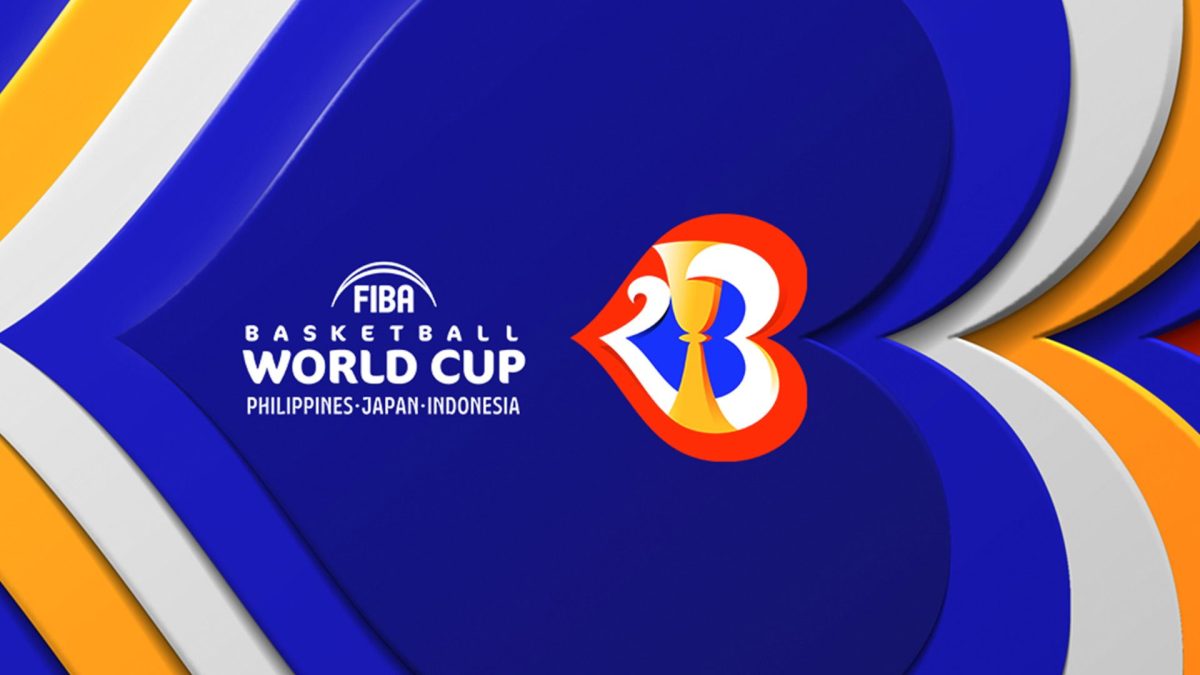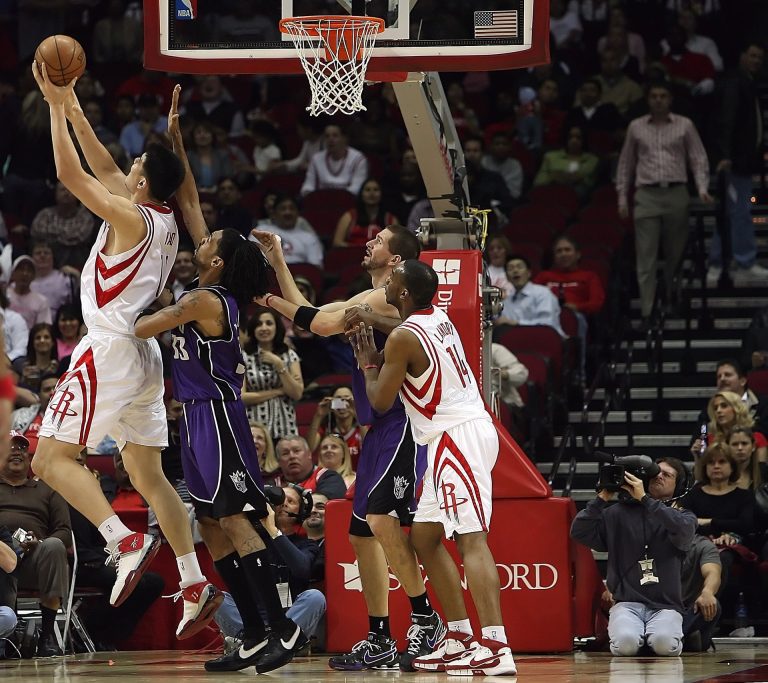Home » BasketBall » Page 2

In recent years, a new form of basketball has been making waves and capturing the attention of sports enthusiasts worldwide: 3×3 basketball. This exciting sport has gained significant recognition and has even become an official Olympic discipline, with prestigious events like the World Championships and European Championships organized directly by FIBA (International Basketball Federation). This article delves into the world of 3×3 basketball, exploring its rules, court size, and fascinating history.
3×3 Basketball: Understanding the Rules
To comprehend the essence of 3×3 basketball, it’s essential to familiarize ourselves with its distinct set of rules. Although it shares many similarities with traditional basketball, there are notable differences that set it apart. Here are the key rules of 3×3 basketball:
- Number of Players: In 3×3 basketball, teams consist of three players competing against each other, with an additional substitute player. The game takes place on half of the regular basketball court, utilizing only one basket.
- Ball Specifications: The ball used in 3×3 basketball has dimensions similar to those of women’s basketball but weighs the same as the ball used in men’s basketball. It is slightly smaller yet heavier than the standard basketball.
- Gameplay: The scoring and foul systems in 3×3 basketball closely resemble those of street basketball. Notable gameplay rules include:
- No Jump Ball: The game begins with a draw, and the winner decides whether to start with possession or choose possession in any extra time.
- No Throw-Ins: Instead of throw-ins, the game resumes with a check between the opponents outside the arc after each referee’s whistle.
- Ball Possession: In contested situations, the ball goes to the defensive team.
- Point System: Only two-point shots are allowed, with shots inside the arc worth one point and shots outside the arc worth two points.
- Game Duration: The game ends when a team reaches 21 points, or at the conclusion of the ten-minute play period, with the leading team declared the winner.
- Overtime: In case of a tie, the first team to score two points during overtime wins.
- Initiating Play: The game always begins with the ball given to the opposing team outside the arc.
- Possession Time: Each possession can last up to 12 seconds, and the shot clock resets after the ball touches the rim.
- “Stalling” Violation: Players are not allowed to stand with their back to the basket inside the arc for more than 5 seconds, a violation known as “stalling.”
- Clearing the Ball: After conceding a point, the ball must be cleared outside the arc before it can be played again.
- Timeouts: Each team has one 30-second timeout per game.
- Substitutions: Substitutions can only be made when the ball is out of play.
- Fouls and Expulsions: There is no limit on the number of fouls a team can commit, but after two unsportsmanlike fouls, a player is expelled from the game.
- Free Throws: Shooting fouls inside the arc result in one free throw, while shooting fouls from outside the arc award two free throws. On the seventh, eighth, and ninth team fouls, two free throws are awarded for each foul, and after the tenth, two free throws plus ball possession are granted for each foul.
- Technical Foul: Similar to traditional basketball, a technical foul results in one free throw and possession for the offended team.
- Unsportsmanlike Foul: An unsportsmanlike foul counts as two fouls, and the penalty varies based on the number of infractions already committed by the team. Until the ninth unsportsmanlike foul, two free throws are awarded, while from the tenth, two shots and possession are granted (the possession rule applies even if the unsportsmanlike foul leads to expulsion).
Unraveling the History of 3×3 Basketball
The origins of 3×3 basketball can be traced back to the United States, a nation deeply ingrained in the playground and street basketball culture. The matches played on concrete courts with a single basket gained immense popularity, leading to the creation of dedicated tournaments with specific rules in the late 1980s. The leap into professionalism occurred in 2007 when FIBA decided to organize the World Cup, European Championships, and World Tour for 3×3 basketball.
However, the true breakthrough for this sport came with its inclusion in the Tokyo 2020 Olympic Games. This international platform provided an opportunity for people around the globe to witness the captivating nature of 3×3 basketball. Before reaching this prestigious event, the sport was tested during the 2007 Asian Indoor Games, the 2009 Youth Asian Games, and the 2010 Summer Youth Olympic Games.
During the Olympic competition, only eight seeded nations are eligible to compete in 3×3 basketball. Latvia secured the first men’s gold medal, while the women’s gold medal went to the United States (with Italy finishing sixth).
Conclusion
The rise of 3×3 basketball as a distinct and thrilling sport is undeniable. With its unique rules, smaller teams, and fast-paced action, it has captured the attention of fans worldwide. As an Olympic discipline and with prominent tournaments organized by FIBA, 3×3 basketball continues to grow in popularity. With an engaging history rooted in street basketball culture, this dynamic sport has become an international sensation, highlighting its excitement and competitiveness on the grandest stage.










